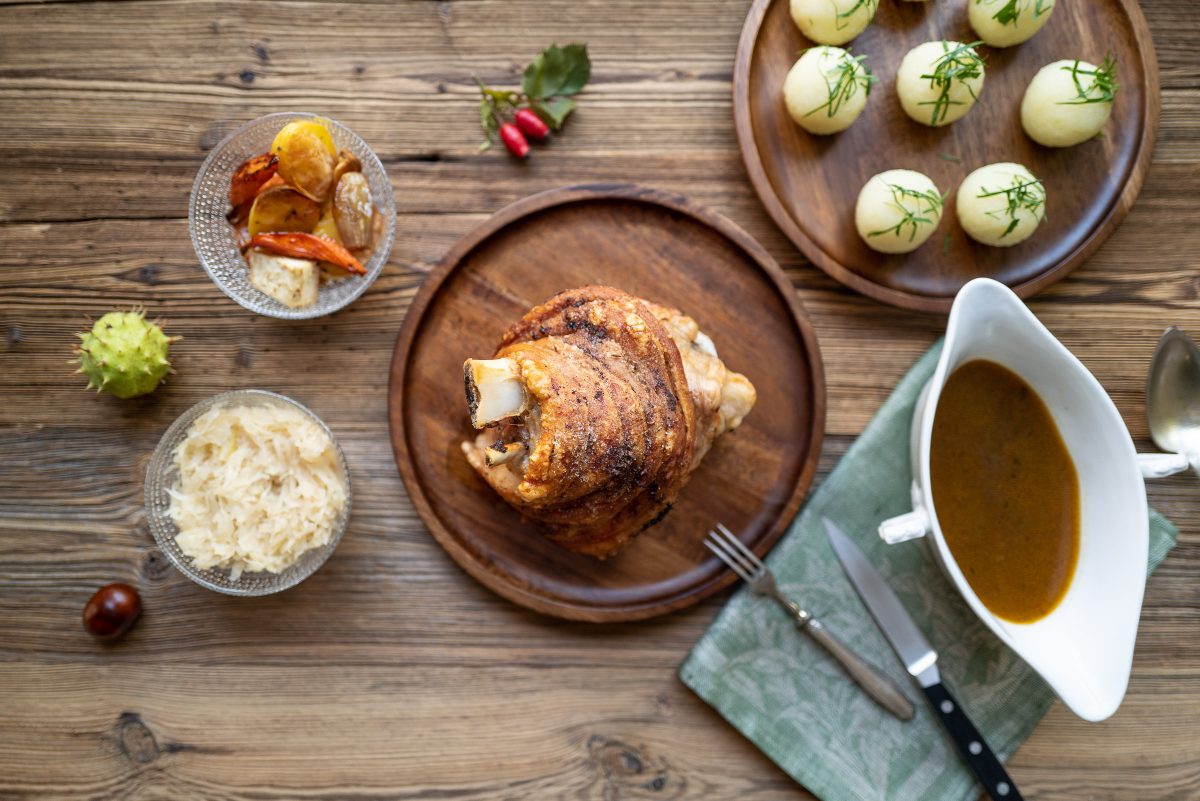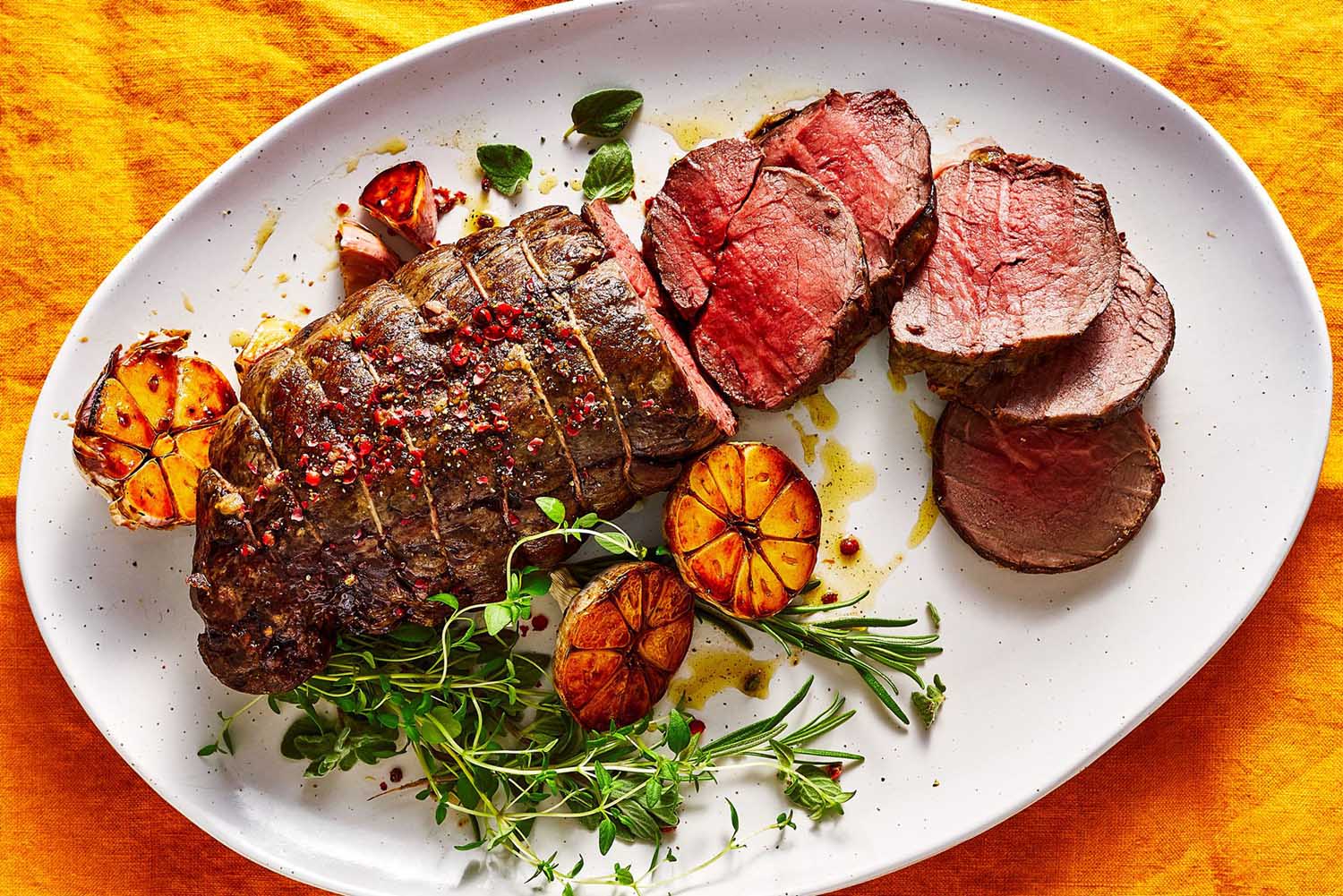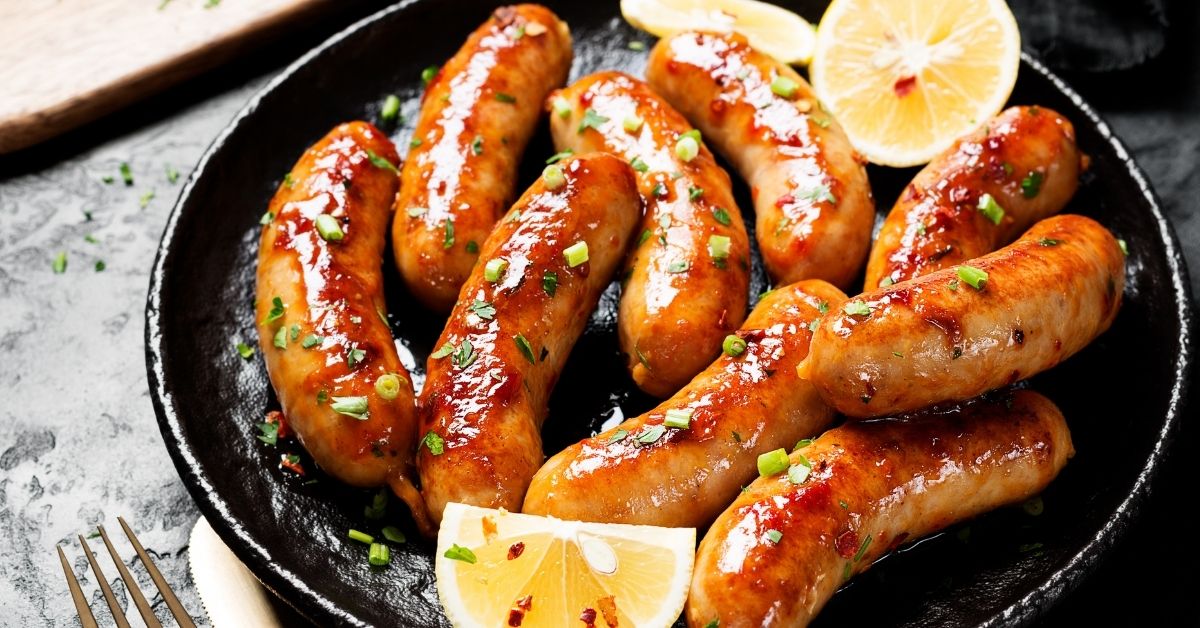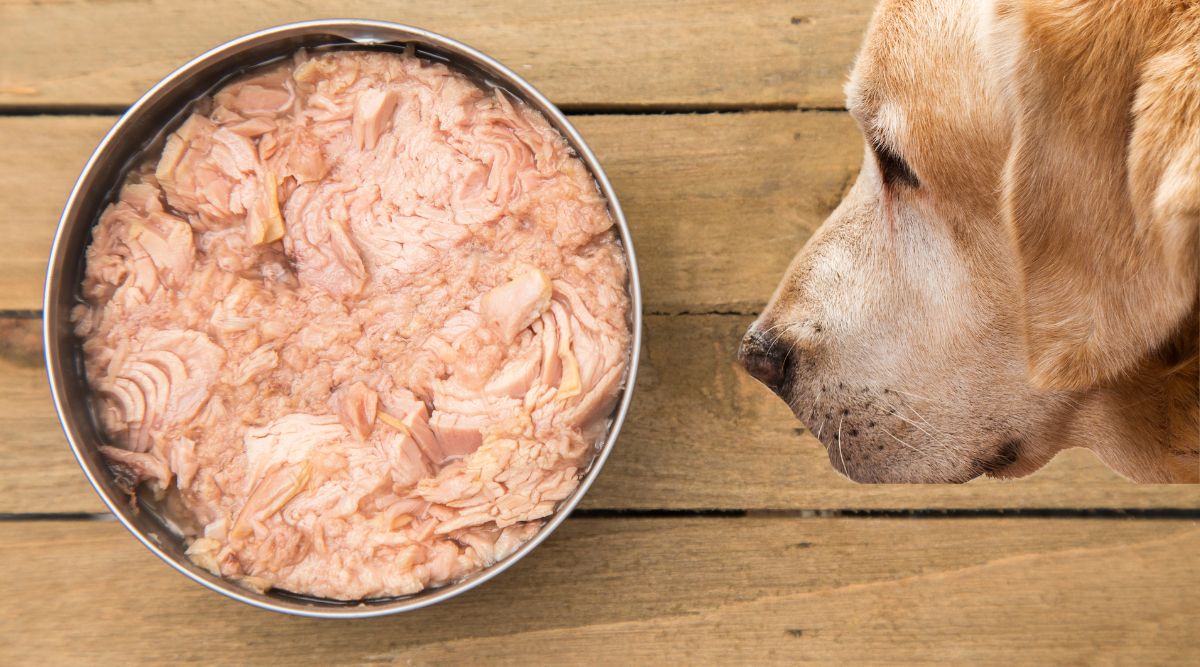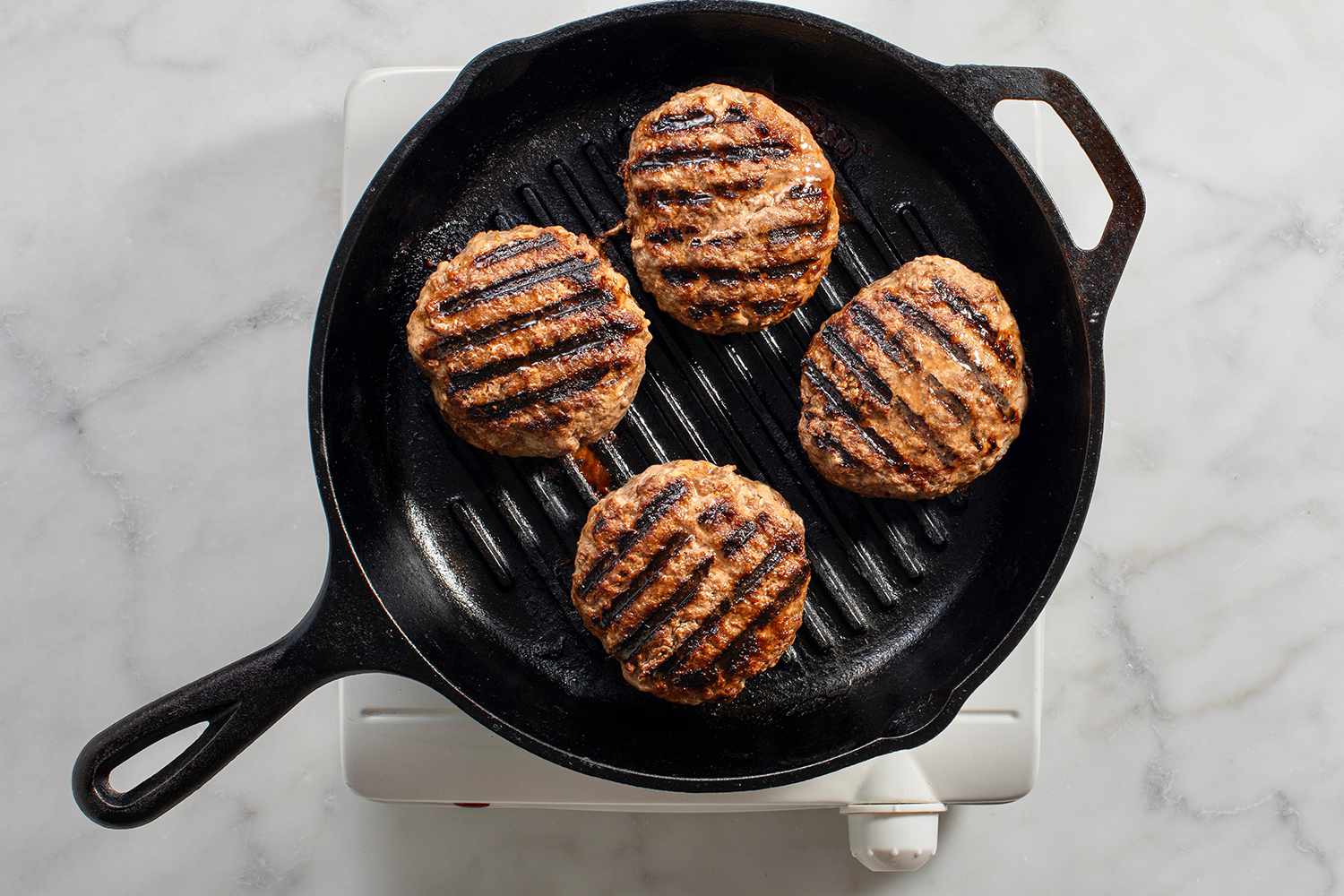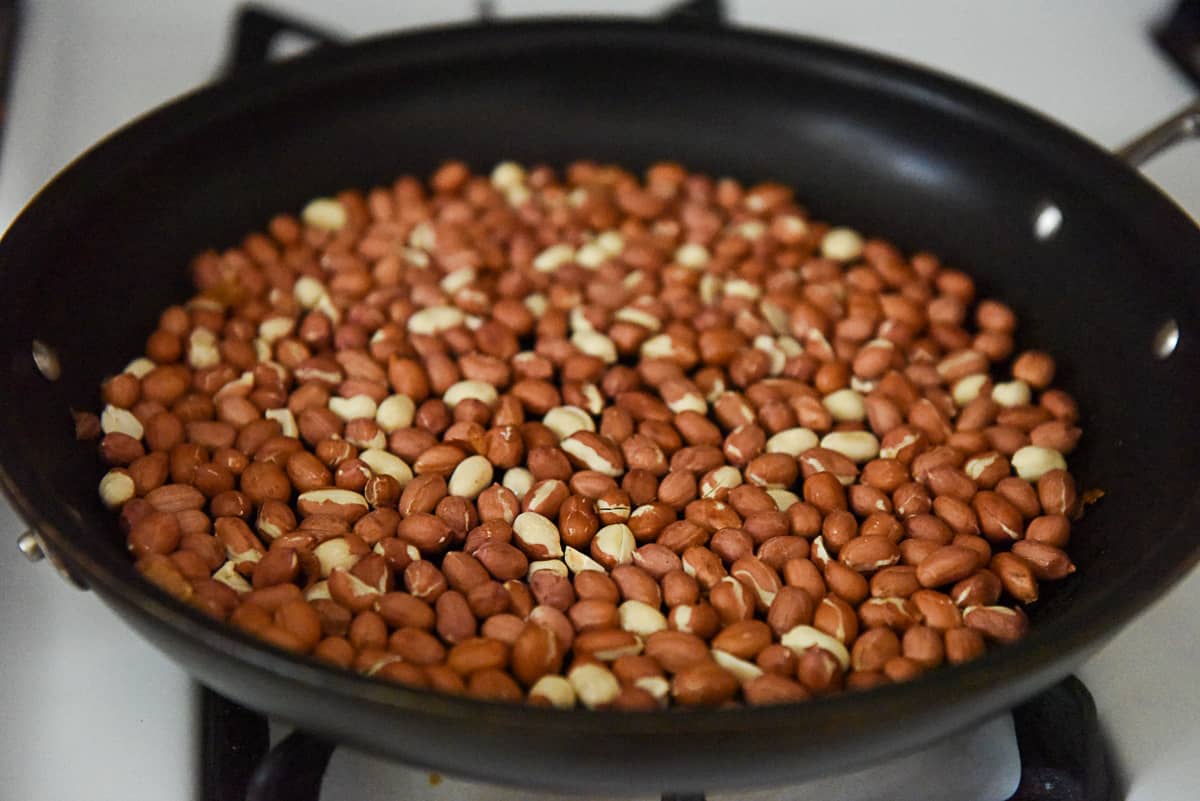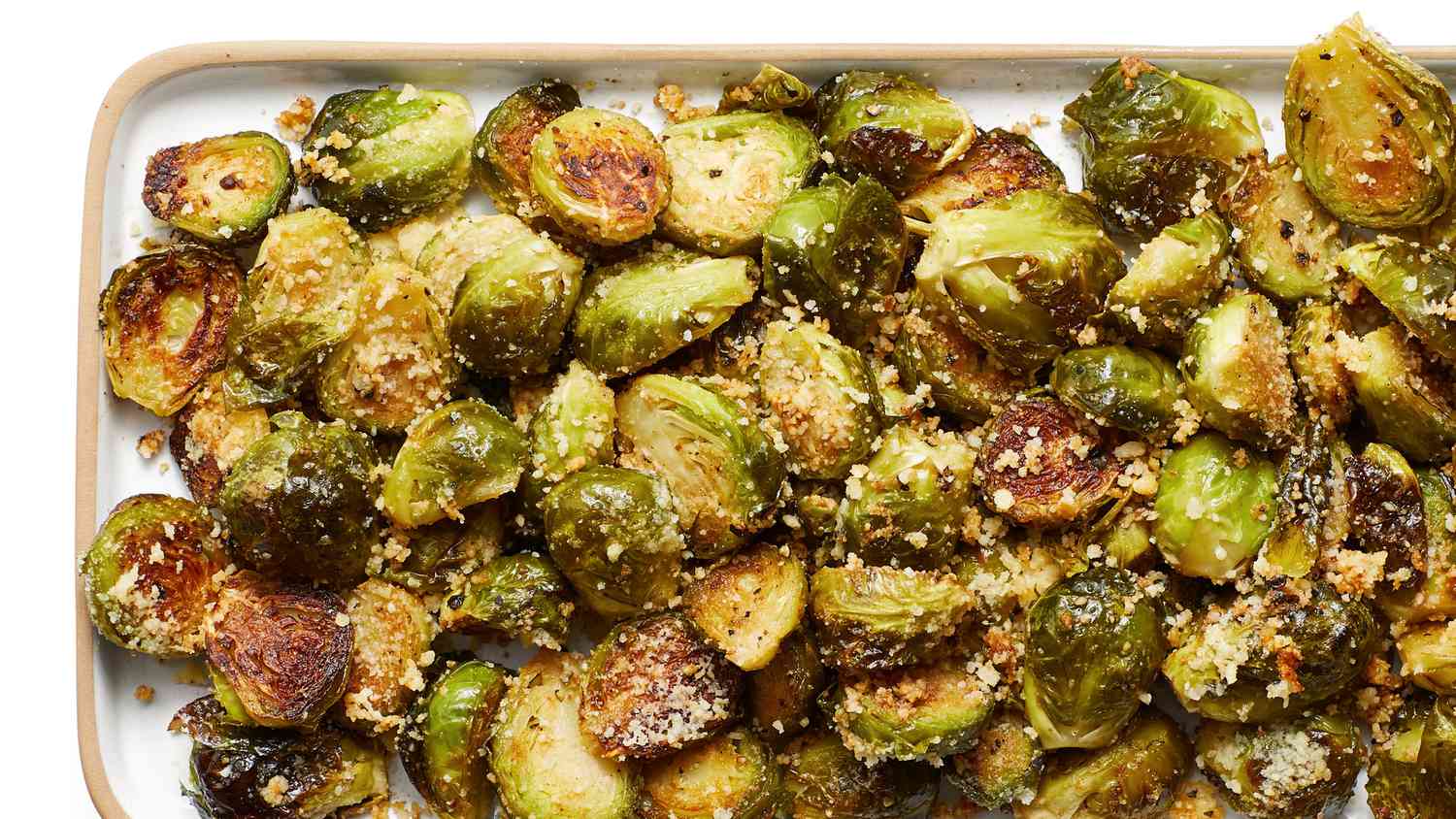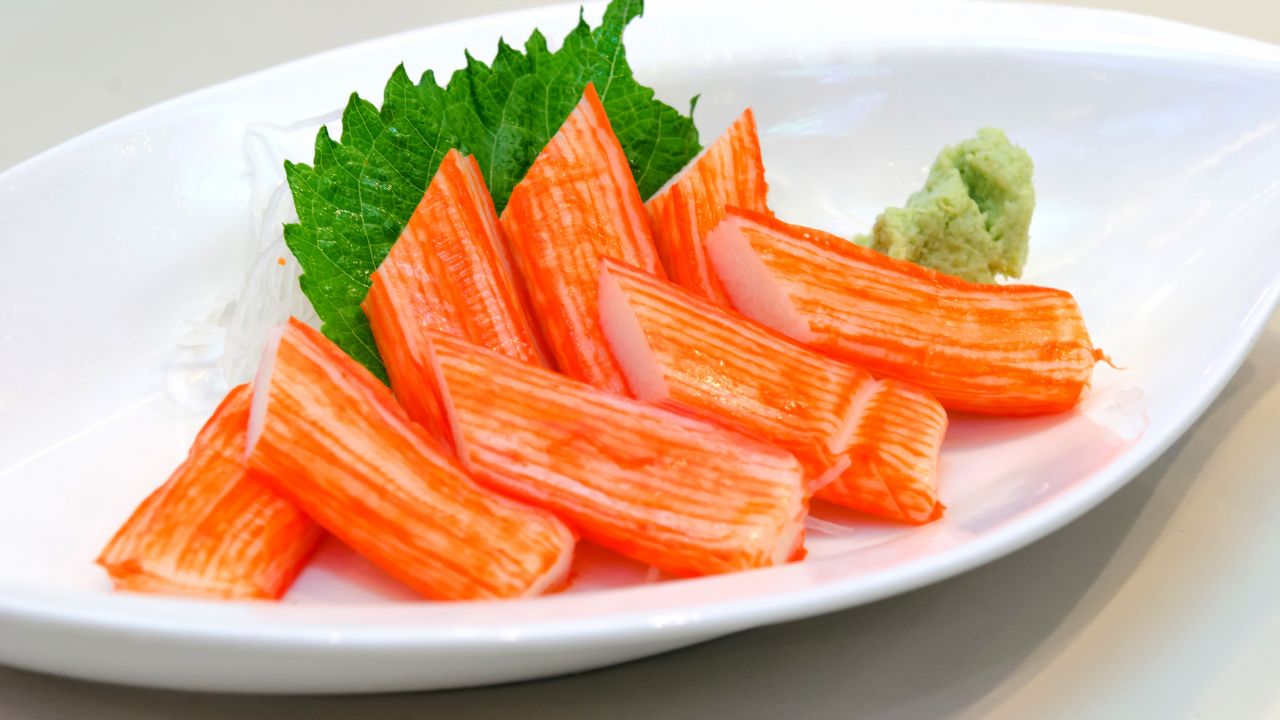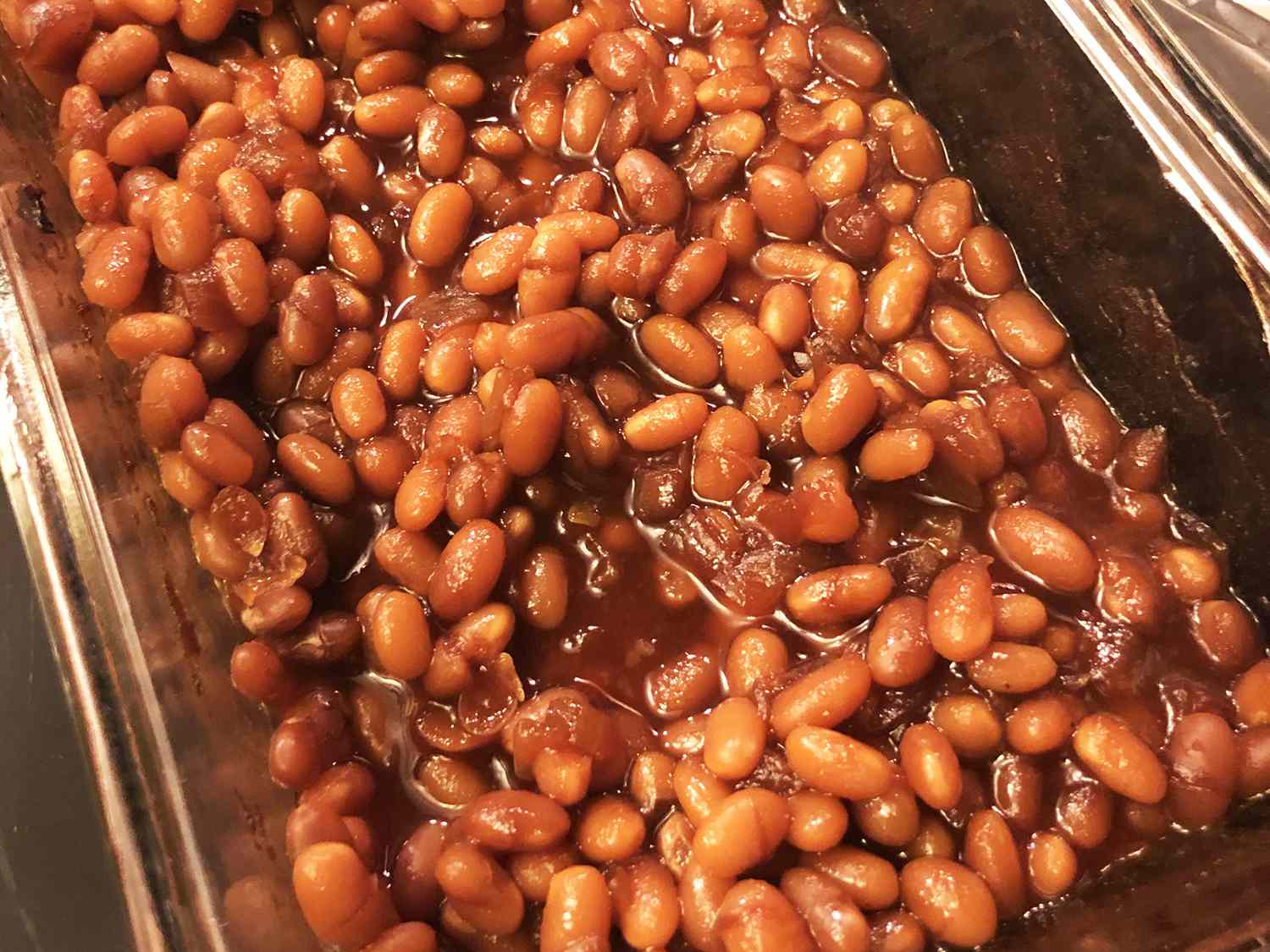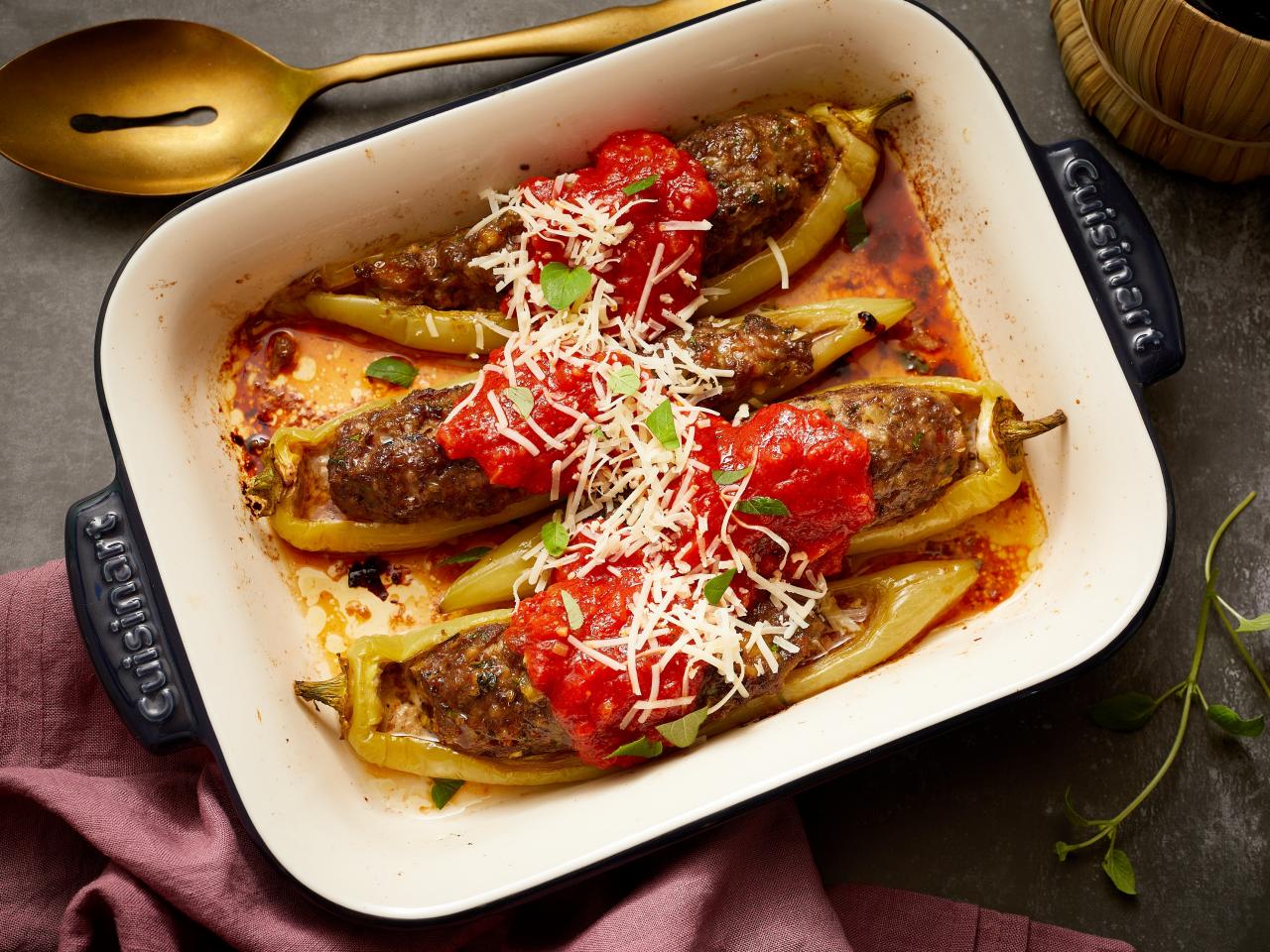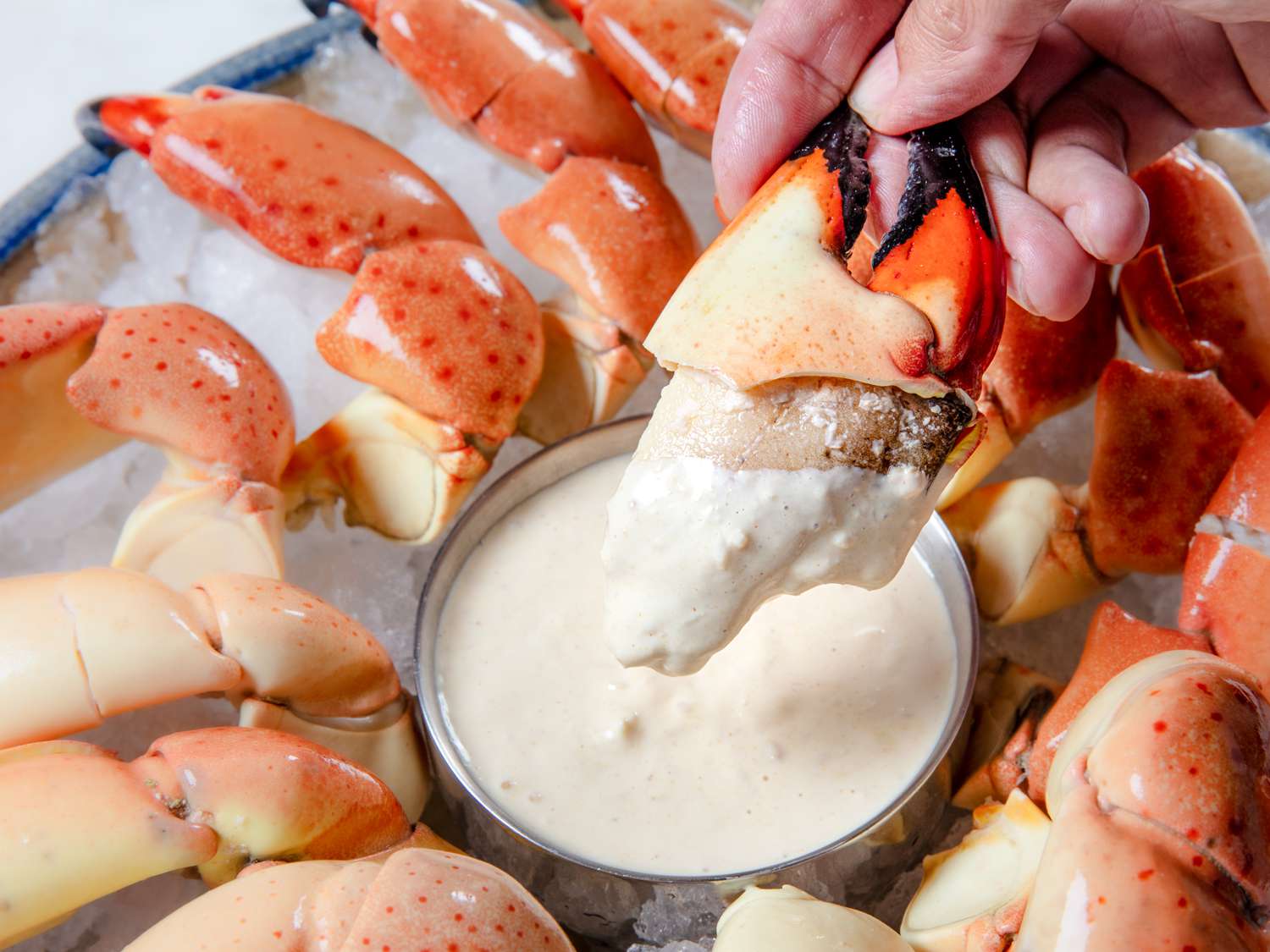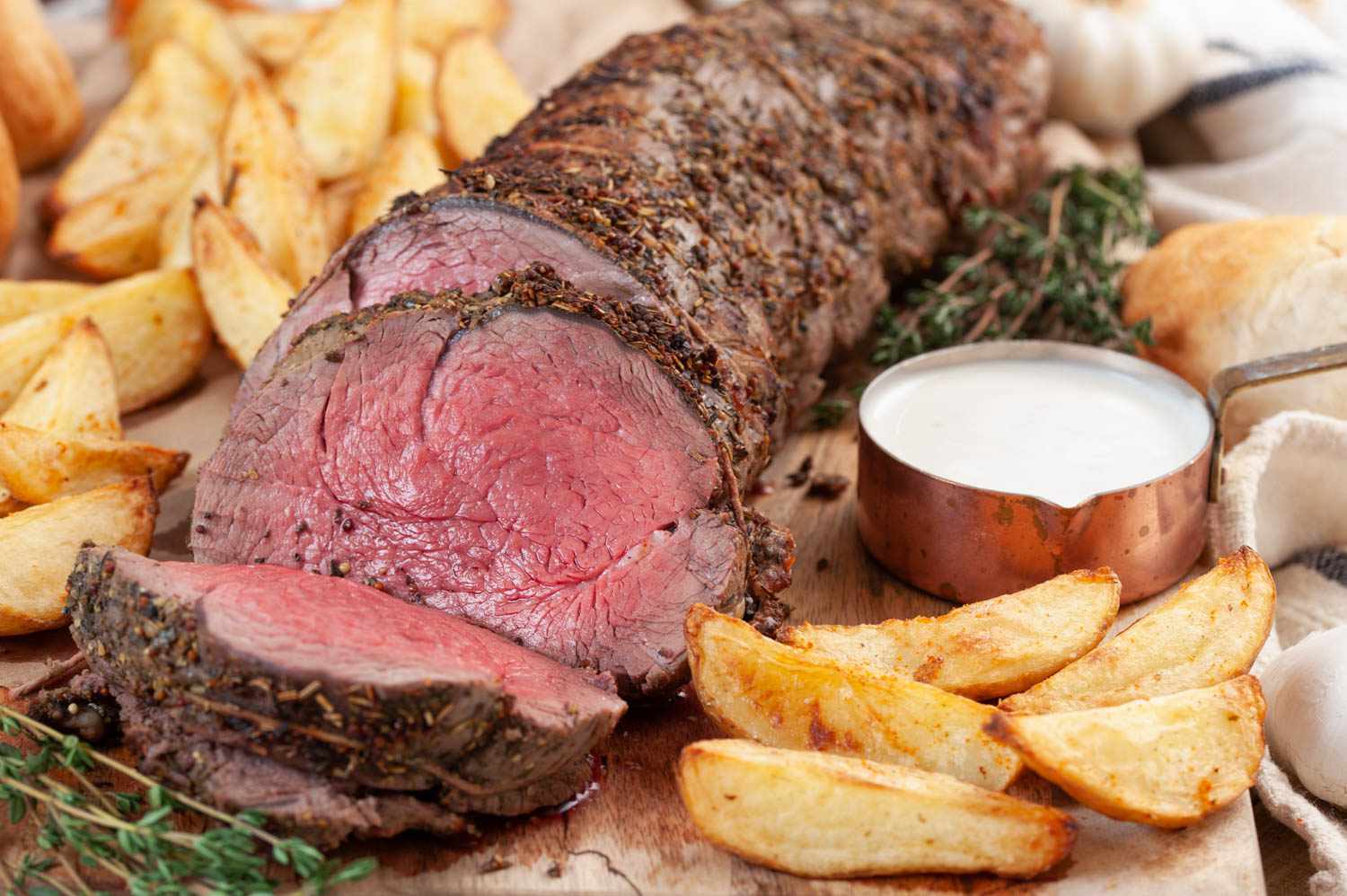Master the Art of Cooking Beef Ribs on a Gas Grill
There’s nothing quite like sinking your teeth into tender and succulent beef ribs that have been perfectly cooked on a gas grill. Whether you’re a seasoned grill master or a beginner looking to impress your guests at the next barbecue, this guide will take you through the steps to cook beef ribs to perfection on a gas grill using the handy foil method. So fire up your grill, grab your apron, and let’s get cooking!
What You’ll Need:
- Beef ribs (baby back or spare ribs, your choice!)
- Aluminum foil
- Seasonings and marinades of your choice (salt, pepper, garlic powder, BBQ sauce, etc.)
- Gas grill
- Tongs or grill spatula
Step 1: Prepare Your Ribs
Start by prepping your beef ribs. Give them a good rinse under cold water and pat them dry with paper towels. If using baby back ribs, remove the thin membrane that runs along the back of the rack. This will help the flavors penetrate the meat better. Feel free to season your ribs with your favorite dry rub or marinade, ensuring they are well coated on both sides. Let the ribs sit for about 15 minutes to absorb the flavors.
Step 2: Create Your Foil Packets
Tear off a large piece of aluminum foil and place it on a flat surface. Carefully lay your seasoned ribs on the foil, bone-side down. Wrap the foil tightly around the ribs, creating a sealed packet. Repeat this process for each rack of ribs you plan to cook.
Step 3: Preheat and Prep the Gas Grill
Preheat your gas grill to medium heat, around 300-325°F (150-163°C). While the grill is heating up, it’s a good idea to clean and oil the grates to prevent sticking.
Step 4: Grill the Foil-wrapped Ribs
Once your grill is heated and prepped, place the foil-wrapped ribs directly on the grill grates. Close the lid and let them cook for approximately 2 hours, or until the meat is tender and starts to pull away from the bones. This low and slow cooking method ensures that the ribs become incredibly flavorful and fall-off-the-bone delicious.
Step 5: Finish with a Burst of Flavor
When the ribs are almost done, it’s time to unleash an explosion of flavors. Carefully open the foil packets and brush your favorite BBQ sauce onto the ribs. Increase the heat of the grill to medium-high and cook the ribs uncovered for an additional 5-10 minutes, allowing the sauce to caramelize slightly. Keep a close eye on them to avoid any burning.
Step 6: Serve and Enjoy!
Remove the beef ribs from the grill and transfer them to a cutting board. Let them rest for a few minutes before slicing between the bones. Serve the ribs hot and juicy, and watch everyone’s faces light up with delight as they dig into the deliciousness you’ve just created.
Remember, cooking beef ribs on a gas grill is all about patience and attention to detail. By using the foil method, you’ll ensure moist and flavorful ribs that will be the highlight of any meal. So grab those ribs, fire up the grill, and get ready to tantalize your taste buds!
Was this page helpful?
Read Next: How To Cook Deer Meat On The Grill
